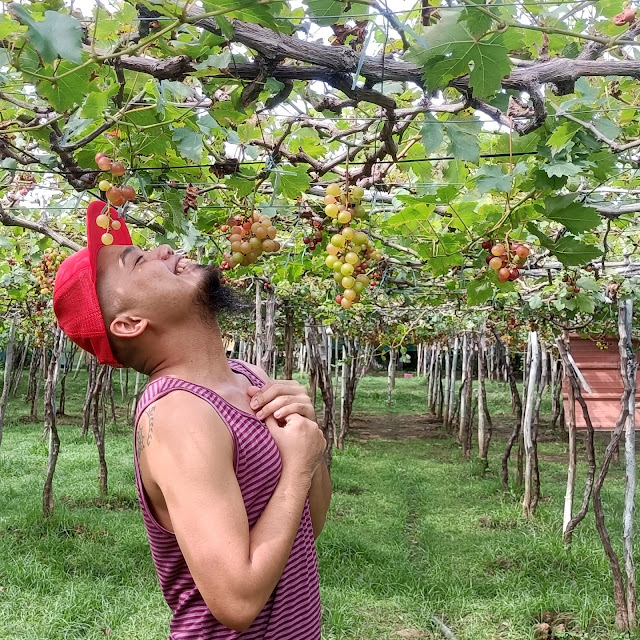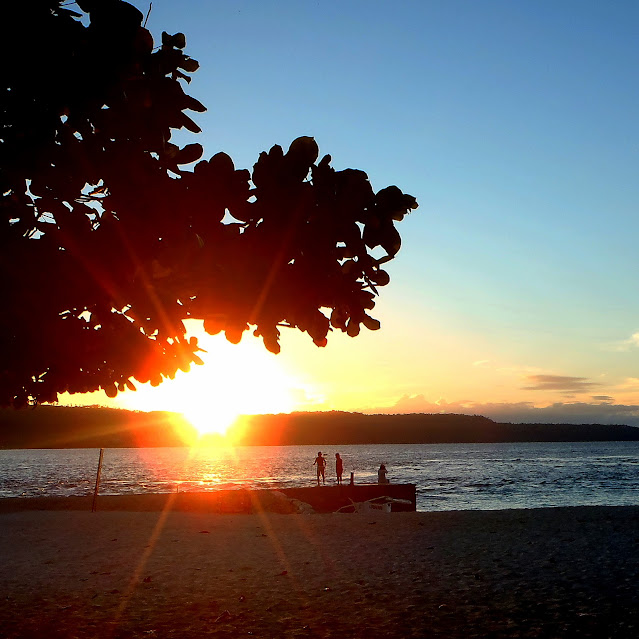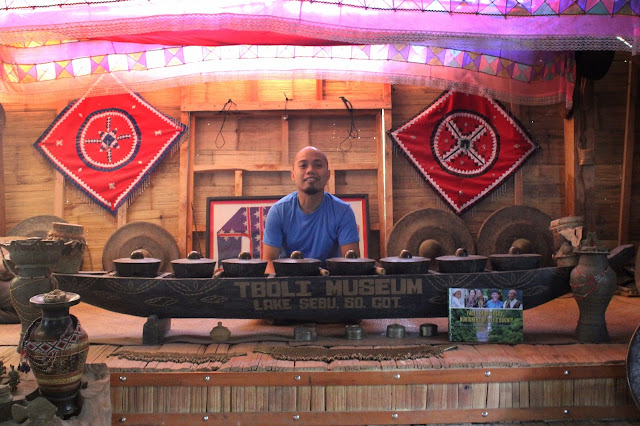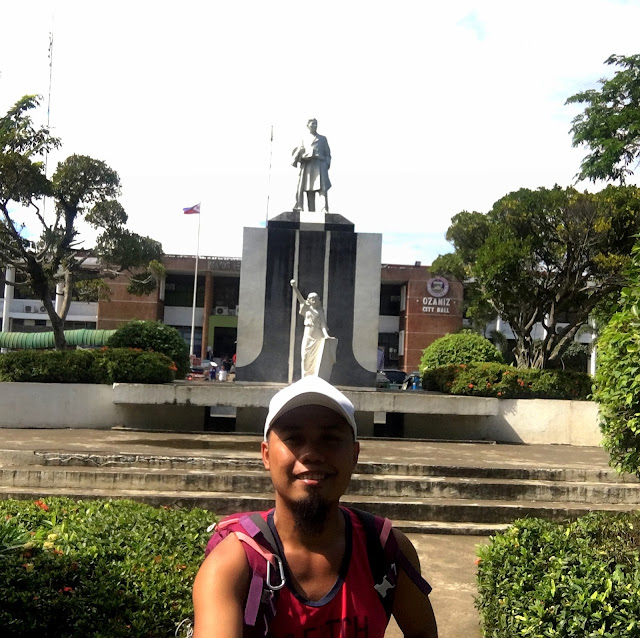
Jump to: About Bato de Luna | How to Get There | What to Expect | Nearby Attractions | Estimated Budget | Travel Tips
About Bato de Luna
Bato de Luna, also known as Pebble Beach, is a unique coastal destination located in the town of Luna, La Union. Unlike the usual sandy beaches, Bato de Luna features smooth, multicolored pebbles along its shoreline, shaped naturally by the tides over the years. On the other hand, the Bato de Luna Art Gallery or Bahay na Bato started a rest house in 2000. The owner commissioned Mr. Kim to create an art gallery that showcases artistically carved stones, wood carvings, and other materials. Every image is colorful yet unique, making it perfect for Instagram.









